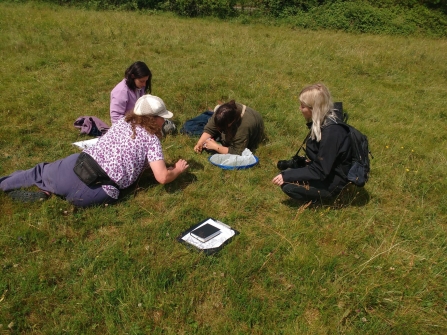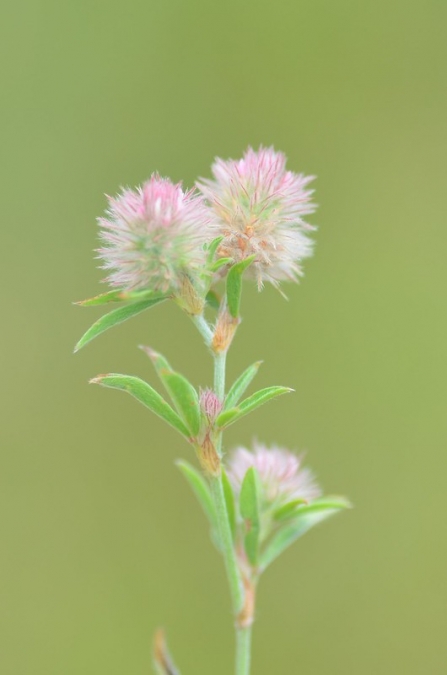Hi everyone,
Todays blog post will look at types of people that could use your records and how records are shared with others. A record really is generated once and used for countless things.
Who Should I Submit My Records To?
There are many ways that a single biological record can be used as part of a larger dataset. This means that there is a variety of people who would like access to the records. Two of the main ones are Local Records Centres and national recording schemes.
Local Records Centres
Across the three counties there is a Local Records Centre for each county, these are hosted by the Wildlife Trust. Their role is to collect together environmental information and make it accessible to those that need to use it. They have a local focus and provide data to ensure that ecology and the environment is taken into account in the planning process.
National Recording Schemes
National recording schemes pull together the records on a particular group of species, they are often the national experts in that group and use the data to look at how the species are faring over a wider geographical area.



